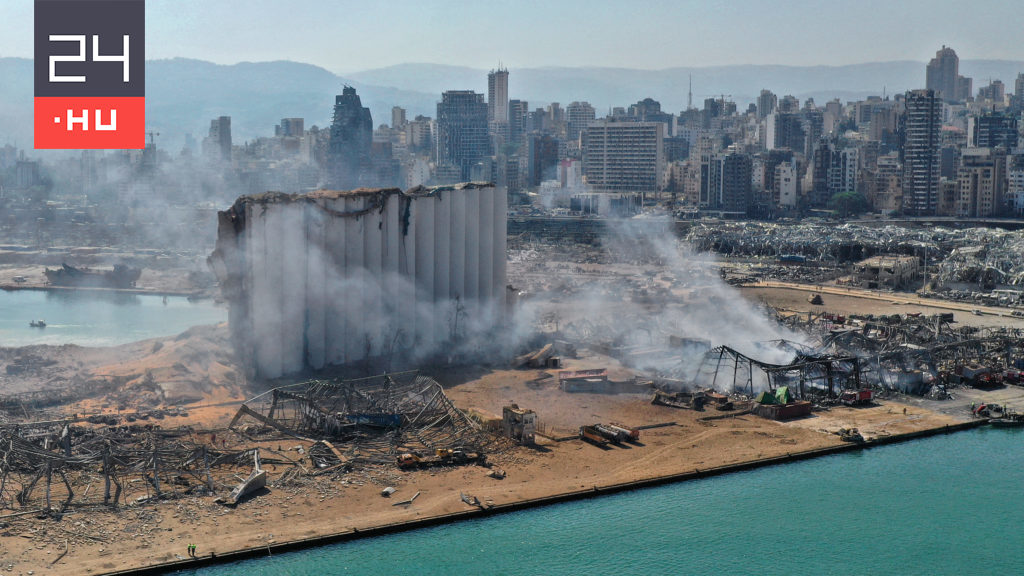On the evening of August 4, 2020 local time, a massive bombing took place in Beirut. In the city port, 2,750 tons of improperly stored ammonium nitrate exploded, nearly 200 people were killed in the accident, and a crater 140 meters wide formed at the site. The accident was one of the greatest human-made non-nuclear explosions of all time.
New one a study Heki KoszukeHe wrote, a working group and colleagues at Hokkaido University are studying the air wave caused by the explosion Phys.org.
The team measured the electron content in the ionosphere, which extends at an altitude of 50-965 kilometers. Certain natural phenomena, such as intense ultraviolet rays and geomagnetic storms, as well as some human activities, such as nuclear weapons tests, can affect the amount of electrons present in the ionosphere.
Experts have inferred the particle content from data from GPS satellites. Based on the results, the Beirut explosion also formed an air wave in the ionosphere, heading south at a speed of 0.8 kilometers per second. This value is similar to the velocity of sound waves detected in the affected layer.
According to Hakki, the Beirut blast wave was larger than that measured after the 2004 eruption of the Asama volcano in Japan. The size of the detonation corresponds to a force of 1.1 kilotons of TNT.












































